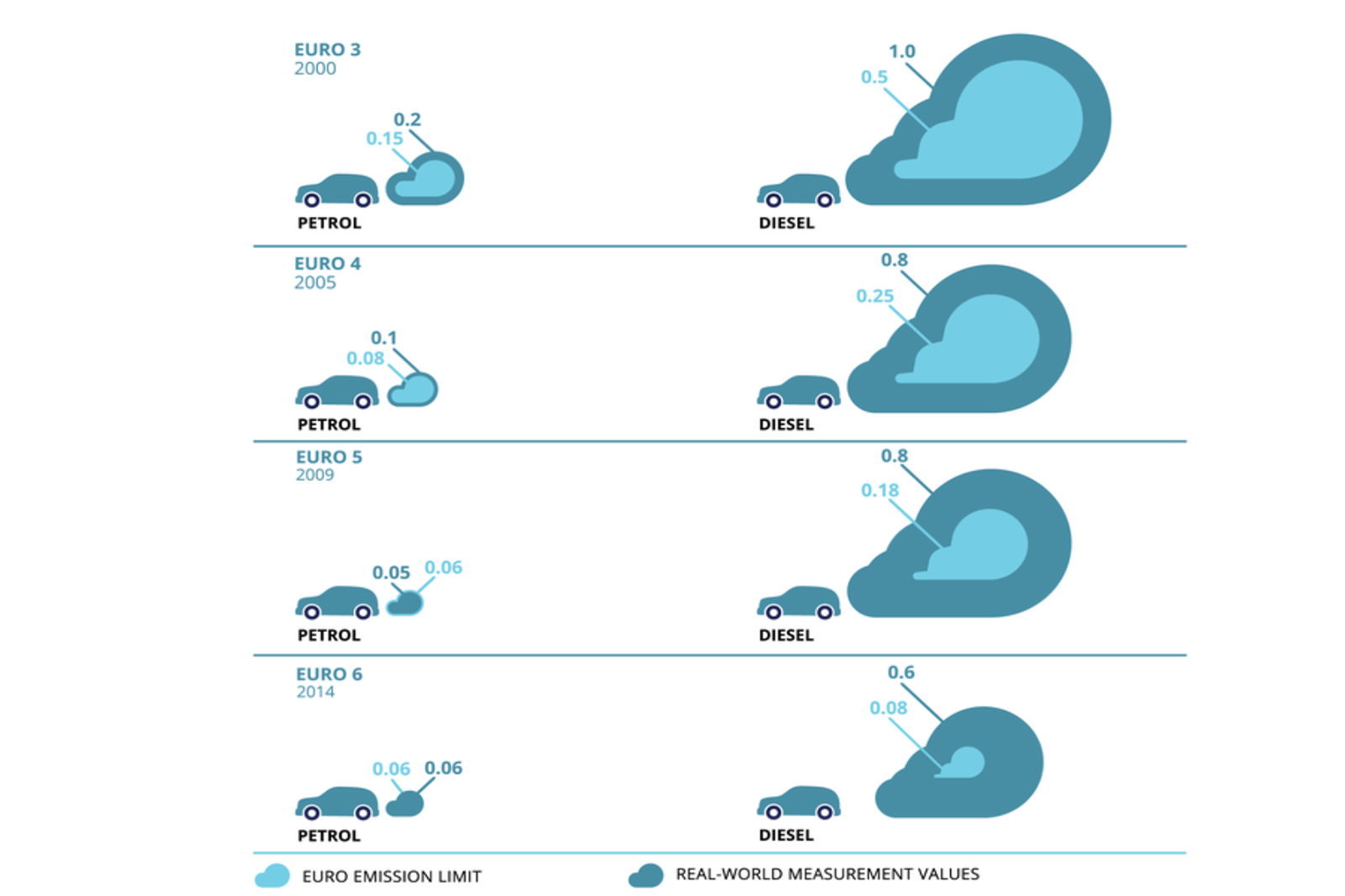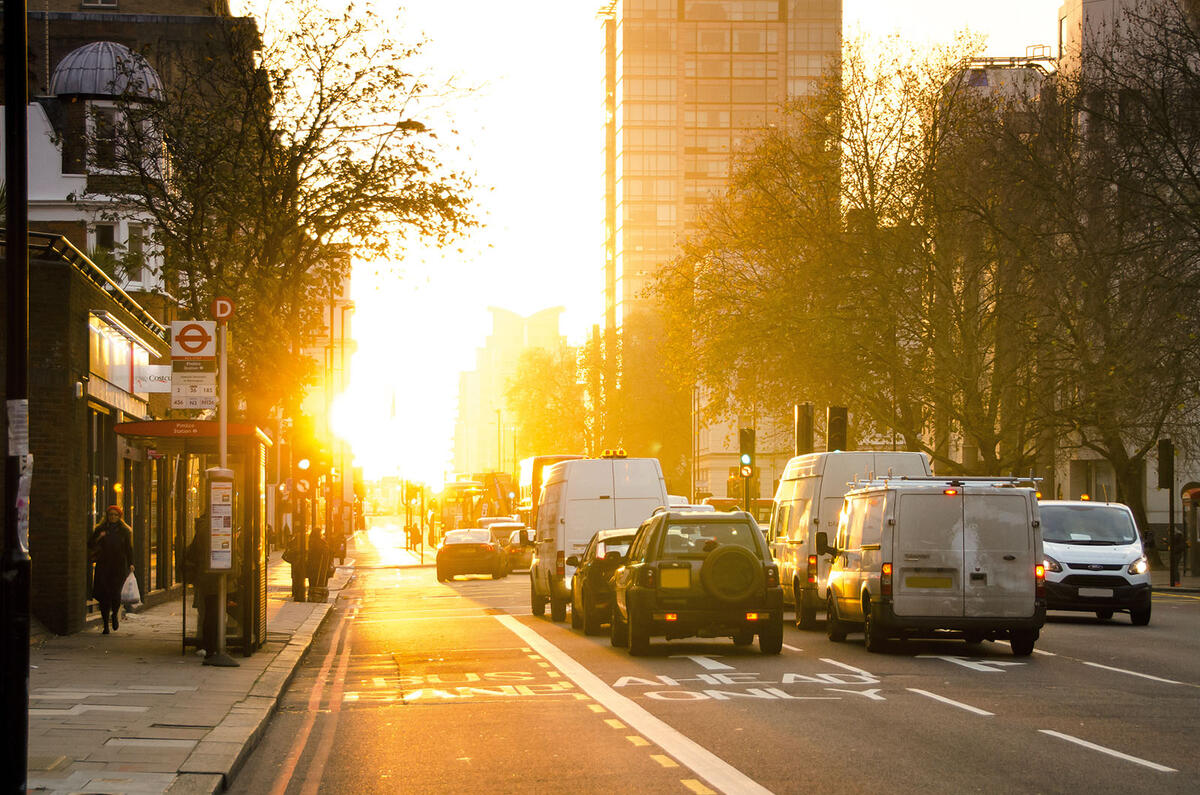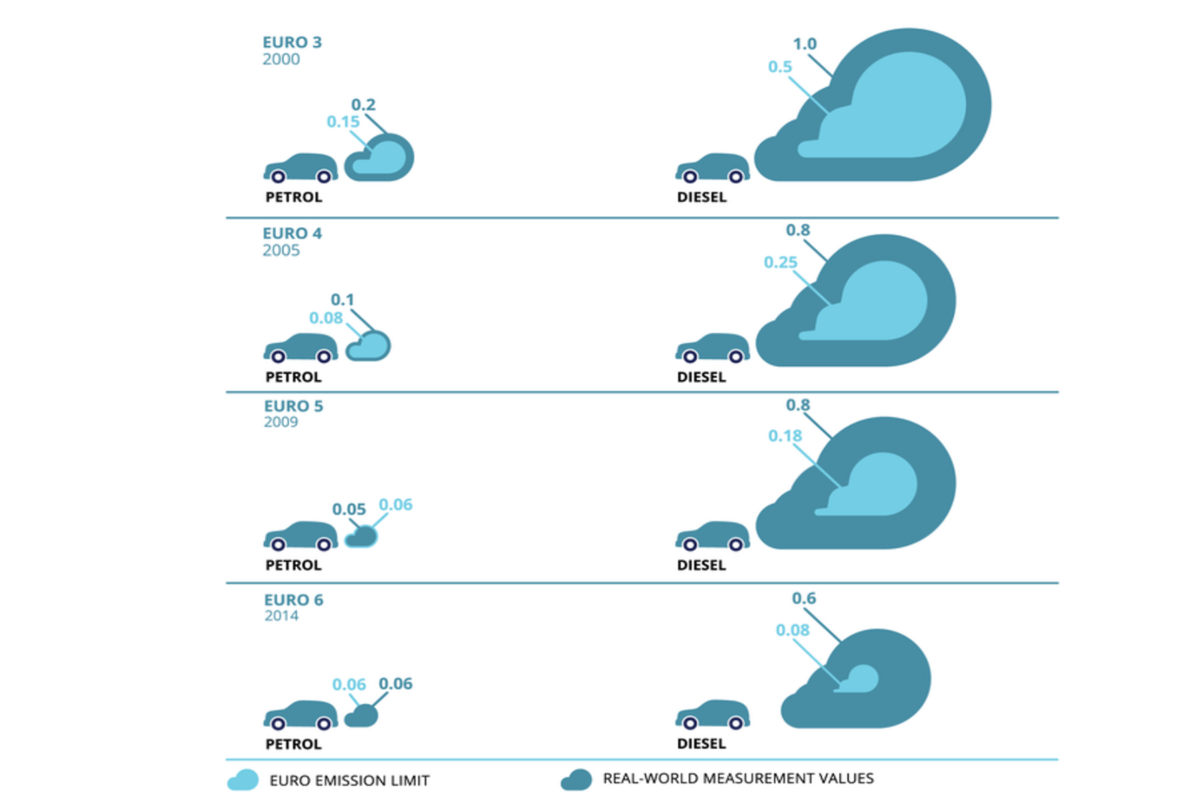On Friday 5 May, just two days after parliament was dissolved in preparation for the general election, a long-awaited government air quality consultation paper was made public.
But with the current parliament now history, why release a policy that is, arguably, no longer valid because the government that drew it up no longer exists?
The move had been ordered by the High Court in London after an activist law firm, Client Earth, had taken the government to court for the second time in six months. Client Earth demanded that plans to meet EU air pollution regulations be published immediately, because the issue was a “public health emergency”. The judge agreed.
Scrappage scheme and speed limit changes top government air quality plans
A few months earlier, Client Earth had gone to court demanding a judgement against the government’s relatively slow pace of meeting the EU air quality regulations. The government’s plans aim to meet the regulations by 2020 in affected UK towns and cities, and by 2025 in London.
Client Earth succeeded in arguing that the government should have been deploying more aggressive tactics to reduce NOx pollution, including more Clean Air Zones in town centres and an extensive diesel scrappage scheme to encourage drivers of older and more polluting oilburners to trade them for a cleaner car.
The new consultation paper, drawn up by the Department of Environment, Food and Rural Affairs (DEFRA) and the Department of Transport (DoT), does include a wider range of proposed schemes to reduce NOx pollution but, to the evident fury of Client Earth, Greenpeace and the current Mayor of London, none are as far-reaching as was wanted.
The consultation paper notes that blame for problem of NOx pollution lies with the dash to reduce CO2 emissions by incentivising diesel cars: “The number of diesel cars in Great Britain grew from 3.2 million in 2000 to 8.2m in 2010. This growth followed tax changes made by previous governments, which focused on fuel economy and carbon dioxide (CO2) emissions.
“None of this is the fault of those who chose to buy diesels and, as we tackle the problem, these same people should not be penalised for decisions they made in good faith.”
The paper also reproduces a graphic showing just how much more NOx diesel vehicles have been legally allowed to emit compared to petrol engines. The message is clear: the EU’s decision to emphasise reducing fuel consumption without regard to diesel’s greater pollution was a major error.

Indeed, it wasn’t until Euro 6 standards were introduced for cars in 2014 that NOx emissions from diesels had to get closer to the standards for petrol engines. The live issue is that real-world NOx emissions from EU6 vehicles can be as much as eight times higher than those emitted during laboratory tests (see diagram). For that, car makers are surely responsible.
The paper says that the NOx problem is concentrated on certain roads and streets and that this means the chief sources of roadside NOx must be targeted. It says around 60% of pavement-side NOx is attributable to road vehicles.
And while diesel cars are grouped together as the largest single NOx offender, light and heavy goods vehicles and buses combined are the source for more than half of roadside NOx pollution (see graphic, below).
In order to bring NOx levels in affected areas down to legal levels, the consultation’s main policy will be to give local authorities the “clear legal duty” to establish Clean Air Zones (CAZs) if necessary.
However, considering the administration costs of the London Congestion Charge, it does seems unlikely that hitting drivers with a fee to enter a CAZ could be viably implemented outside of the capital. The government warns that such a congestion charge should only target “older, high-pollution” vehicles.
A Toxicity Charge will be launched in central London in October. It will add £10 to the cost of the existing £11.50 Congestion Charge for pre-EU4 diesel vehicles.
The paper rejected the idea of a mass diesel scrappage scheme. It said that replacing all pre-EU6 diesel vehicles would cost £60bn. Any scheme would also have to be administered regionally, which could be a hurdle for cashstrapped local authorities.
The rest of the plans in the report are modest. There will be money for retro-fitting buses with anti-pollution kit and converting taxis to run on gas. “Road layouts and junctions” should be designed to optimise traffic flow and consideration should be given to removing speed bumps to reduce the amount of unnecessary acceleration.
Hype about reducing the speed limit on motorways to 60mph is just that: the paper says only 1% of the UK’s strategic road network exceeds the N0x limits, so dropping the speed limit would hardly be noticed because the N0x breaches are almost certainly caused by congestion.
It’s clear the government did not want to punish drivers for buying diesel vehicles that EU legislation incentivised. But there’s also no doubt that activists such as Client Earth will be back in court after the General Election. They want big policy actions on the issue of NOx. The government’s plans to little more than legally devolve the oversight of NOx reduction to local authorities could well frustrate that aim.
Read more:
Is it time to say goodbye to diesel?
Diesel engines: your questions answered
Diesel engines: what comes out of your car's tailpipe?
London and Paris announce real-world emissions testing for cars







Join the debate
Add your comment
Diesel emissions
Diesel emissions
In many other countries,